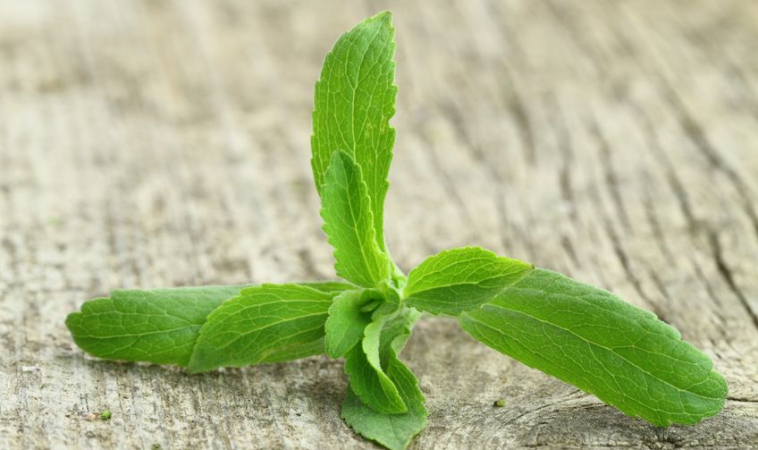A very interesting research study showed that stevia whole leaf extract out performed antibiotic preparations in the treatment of Borrelia burgdorferi, the spirochete responsible for Lyme disease.1 The most interesting aspect of this study was that stevia was able to effectively break down the biofilm and other “persister” forms of the organism, while antibiotics were shown to be almost useless in this capacity. One of the main reasons proposed for chronic lyme disease, and its relapse/remission course, has to do with the Borrelia persister cells, as well as biofilms.
B. burgdorferi Morphs Into Different Cell Types
B. burgdorferi doesn’t only exist as a spirochete. It can morph into different cell types, including biofilm, where it may be undetectable by lab testing, as well as safe from antibiotic treatment. Antibiotic treatment – doxycycline, cefoperazone, daptomycin, and in combination – is generally accepted as the first line treatment of lyme disease. Many naturopaths also will utilize antibiotics in conjunction with other therapies in treating lyme. Sometimes, however, the lyme simply returns after the antibiotics are discontinued. In these cases, agents which are known to affect biofilm and other morphological cell types of B. burgdorferi are needed.
Stevia Supersedes Antibiotics
In the study in question, whole leaf Stevia extract was compared to doxycycline, cefoperazone, daptomycin, and in combination against B. burgdorferi spirochetes, persisters, and biofilm forms in vitro. The results were especially favorable for one of the Stevia extracts tested (4 were tested in all). Stevia was effective in reducing all forms of B. burgdorferi. Antibiotics were only effective in reducing the spirochete form.
Though an in vitro study, Stevia was shown to outperform agents that are currently used conventionally in the treatment of lyme disease, advocating its consideration at least as an adjunctive agent.
Source:
1. Theophilus PA, Victoria MJ, Socarras KM, et al. Effectiveness of Stevia Rebaudiana Whole Leaf Extract Against the Various Morphological Forms of Borrelia Burgdorferi in Vitro. Eur J Microbiol Immunol (Bp). 2015;5(4):268-80.
 Node Smith, associate editor for NDNR, is a fifth year naturopathic medical student at NUNM, where he has been instrumental in maintaining a firm connection to the philosophy and heritage of naturopathic medicine amongst the next generation of docs. He helped found the first multi-generational experiential retreat, which brings elders, alumni, and students together for a weekend campout where naturopathic medicine and medical philosophy are experienced in nature. Three years ago he helped found the non-profit, Association for Naturopathic ReVitalization (ANR), for which he serves as the board chairman. ANR has a mission to inspire health practitioners to embody the naturopathic principles through experiential education. Node also has a firm belief that the next era of naturopathic medicine will see a resurgence of in-patient facilities which use fasting, earthing, hydrotherapy and homeopathy to bring people back from chronic diseases of modern living; he is involved in numerous conversations and projects to bring about this vision.
Node Smith, associate editor for NDNR, is a fifth year naturopathic medical student at NUNM, where he has been instrumental in maintaining a firm connection to the philosophy and heritage of naturopathic medicine amongst the next generation of docs. He helped found the first multi-generational experiential retreat, which brings elders, alumni, and students together for a weekend campout where naturopathic medicine and medical philosophy are experienced in nature. Three years ago he helped found the non-profit, Association for Naturopathic ReVitalization (ANR), for which he serves as the board chairman. ANR has a mission to inspire health practitioners to embody the naturopathic principles through experiential education. Node also has a firm belief that the next era of naturopathic medicine will see a resurgence of in-patient facilities which use fasting, earthing, hydrotherapy and homeopathy to bring people back from chronic diseases of modern living; he is involved in numerous conversations and projects to bring about this vision.

















